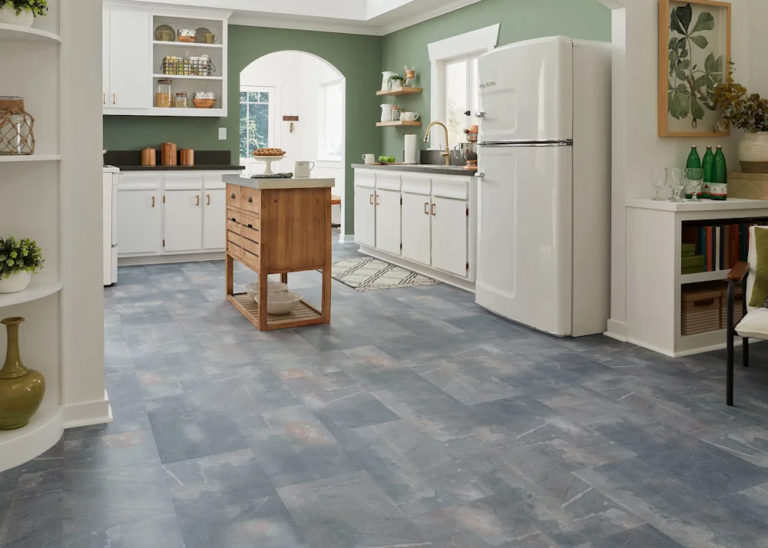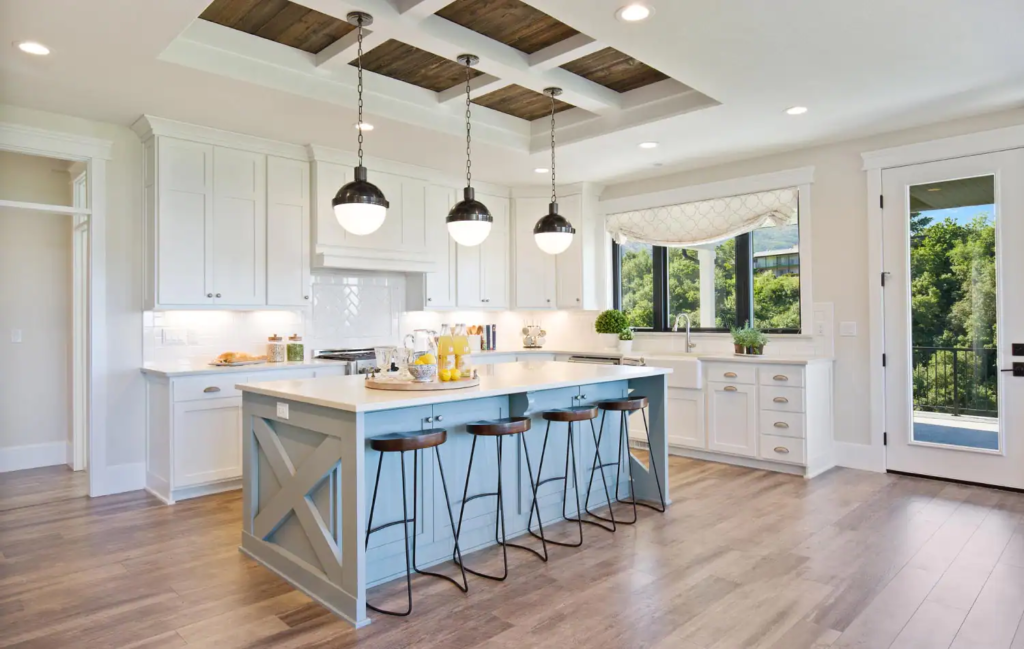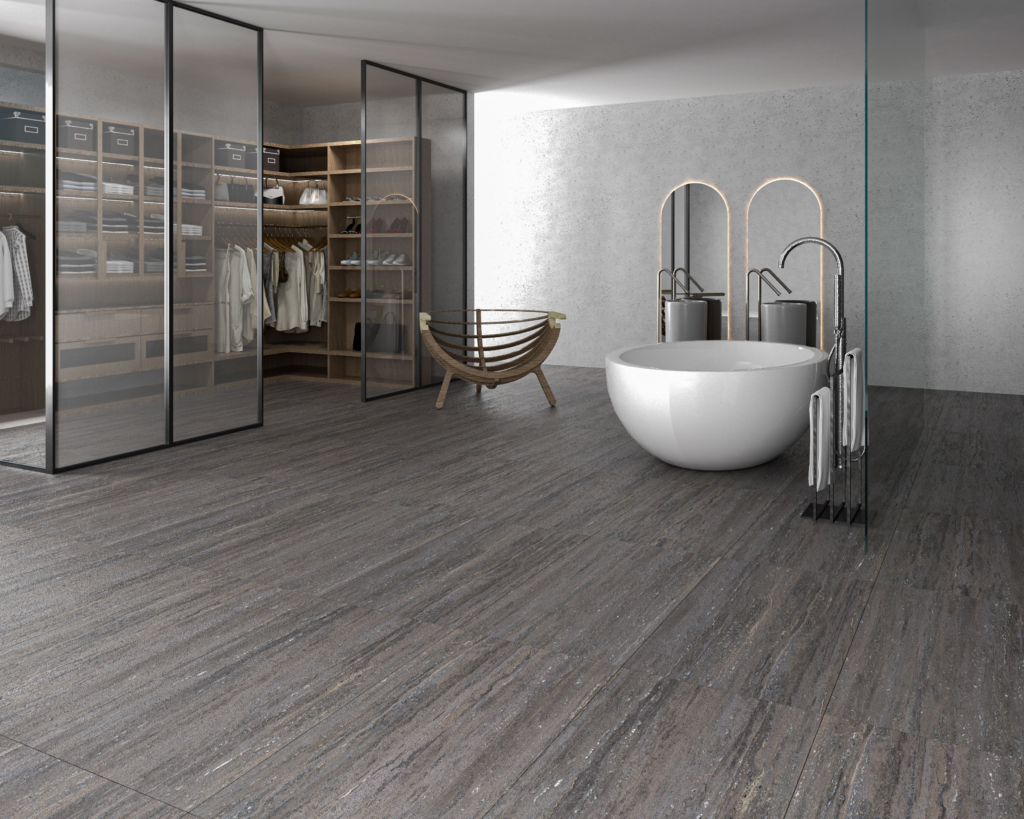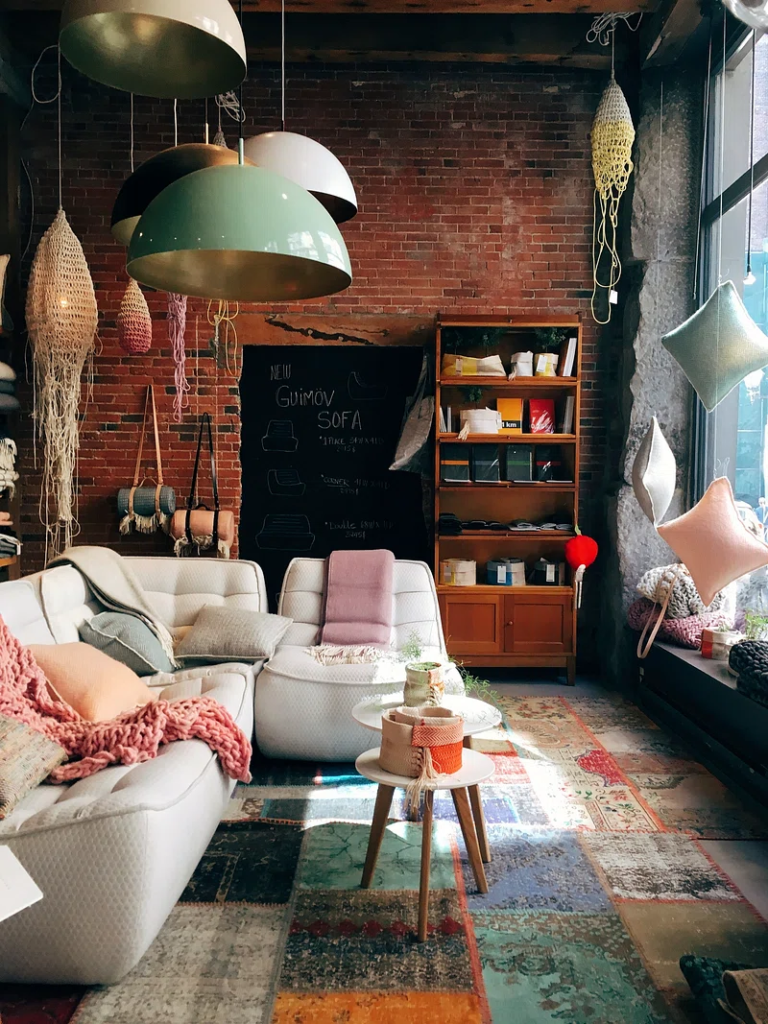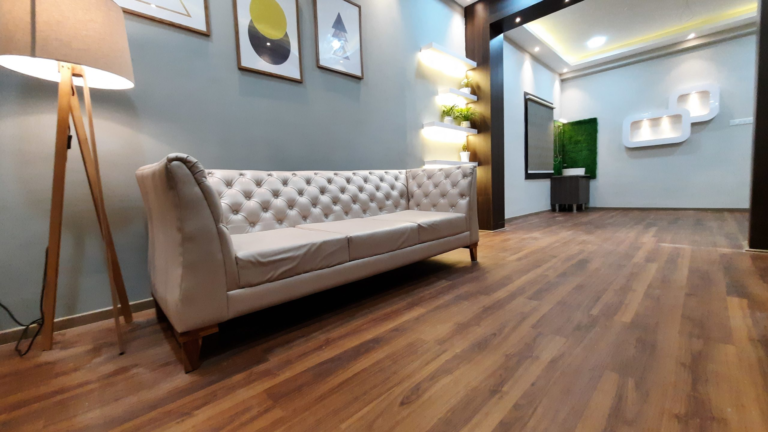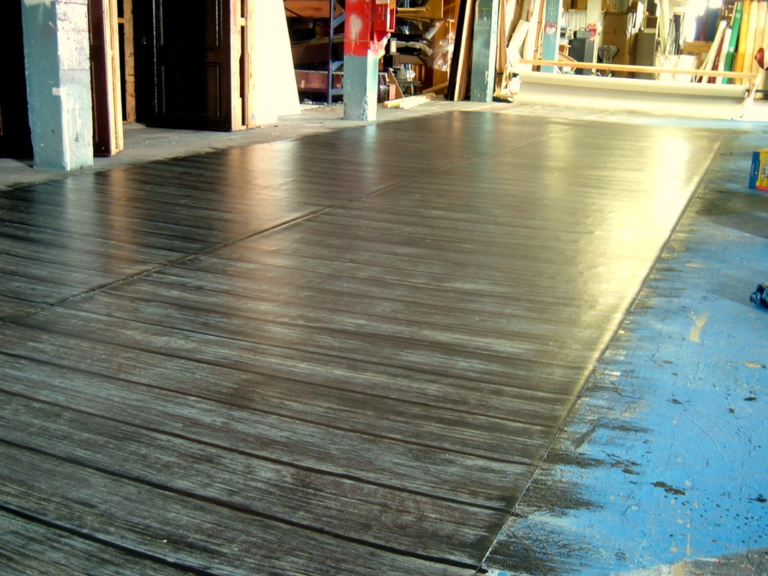The workhorses of a house, and hallways are frequently trodden on and suffer damage from bags, shoes, and regular wear and tear. Choosing the correct flooring is essential to designing a room that is fashionable and long-lasting.
Table of Contents
Here’s a summary of several common hallway flooring choices to assist you in selecting the one that best suits your requirements:
Solidness Champions:
Tile: Ceramic or porcelain tile is an exemplary foyer decision for good explanation. Simple to clean, water-safe, and staggeringly solid, tile can endure weighty traffic and untidy boots. You can track down tile in a great many styles and varieties to suit any stylistic layout. Consider adding a brilliant intensity mat under the tile for an extravagant touch, particularly in colder environments.

Extravagance Vinyl Tile (LVT): This creative material offers the sensible look of wood or stone tile for a portion of the expense. LVT is scratch and water-safe, making it ideal for high-traffic regions. Besides, it’s agreeable underneath and generally simple to introduce yourself. LVT likewise comes in grout lines that copy genuine tiles, adding an additional bit of authenticity.

Hardwood: Hardwood boards are built with a wood center and a wonderful hardwood facade. This makes them more steady than strong wood, significance they’re less inclined to distorting or gapping in lobbies with fluctuating temperatures. Designed wood comes pre-gotten and done with, saving you establishment time.
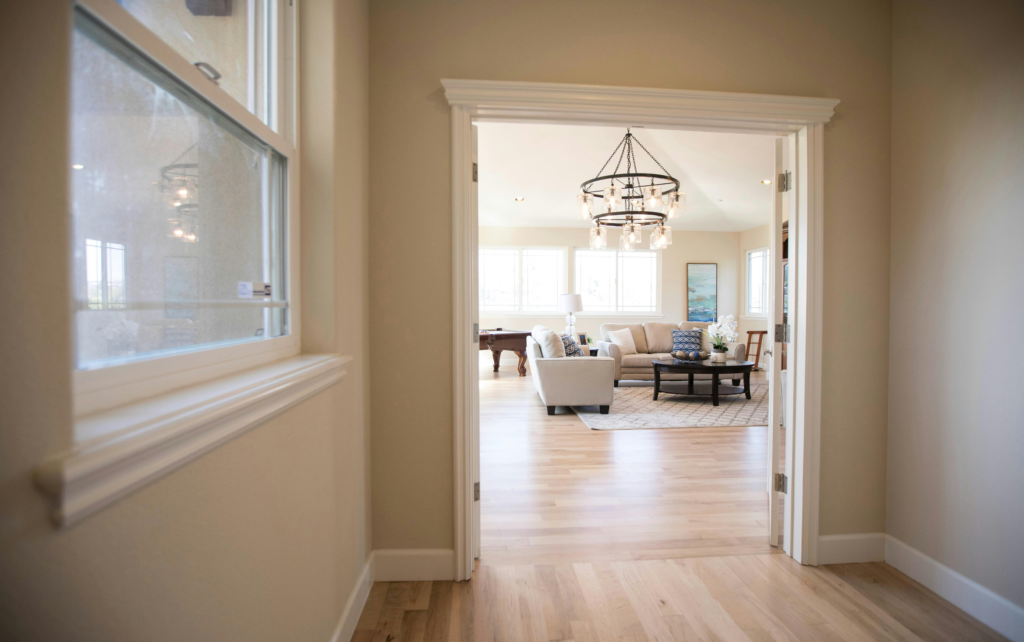
Taking into account Solace and Wellbeing:
Low-Heap Rug: “Best Flooring for Hallways” while one end to the other covering probably won’t be great for high-traffic regions, a low-heap cover sprinter can add a dash of warmth and sound ingestion to a foyer. Pick a stain-safe material for simple cleaning. Choose rugs with a non-slip support to forestall mishaps.
PlanAdjusting Style and Spending plan:
Overlay: “Best Flooring for Hallways” cover flooring offers the vibe of wood at a financial plan accommodating cost. It’s not difficult to clean and keep up with, however, make certain to pick a thicker, more solid overlay explicitly intended for high-traffic regions to keep away from scratches and imprints. Search for overlay with a finished surface for added slip obstruction.
Upsides and downsides of Each Deck Choice:
“Best Flooring for Hallways” give a part to framing the upsides and downsides of each deck material. This will provide perusers with an unmistakable comprehension of the qualities and shortcomings of every choice to pursue an educated choice.
For instance, under tile, notice the professionals like toughness, simplicity of cleaning, and water opposition. The cons, incorporate potential briskness underneath and the chance of grout breaking.
Cost Contemplations:
“Best Flooring for Hallways” momentarily talk about the expense range for each deck choice. This will assist perusers with laying out a spending plan and restricted down their decisions.
Subfloor Prerequisites:
“Best Flooring for Hallways” not all ground surface materials can be introduced on any subfloor. Incorporate a segment that features a particular subfloor necessities for each ground surface choice.
For instance, designed wood could require a level, even subfloor, while overlay could require a dampness hindrance.
Proficient Establishment versus Do-It-Yourself:
“Best Flooring for Hallways” while some ground surface choices are Do-It-Yourself amicable, others require proficient establishment. Talk about the upsides and downsides of each methodology, including factors like expertise level, cost, and guarantee contemplations.
Adding Visual Allure:
Visuals are integral assets. Consider consolidating great pictures displaying different lobby flooring styles and materials. This will assist perusers with imagining how every choice would thoroughly search in their own space.
Exceptional Contemplations:
Momentarily address explicit circumstances that require exceptional ground surface arrangements.
For example, on the off chance that your foyer prompts a mudroom or pet region, examine additional water-safe choices like LVT or fixed tile.
Determination with a Source of inspiration:
Repeat the vital focus points and underline the significance of picking the right deck for your particular necessities and inclinations.
By consolidating these extra components, you can make a really extensive and instructive aide that enables perusers to settle on the most ideal ground surface decisions for their corridors.
Past the Nuts and bolts: Significant Elements to Consider
Upkeep: Ponder your way of life. Assuming you have pets or little kids, low-upkeep choices like tile, LVT, or overlay may be the most intelligent decision.
Establishment: Not all ground surface is made equivalent with regards to establishment. A few materials, similar to cover or LVT with click-lock frameworks, are simpler for Do-It-Yourself lovers. Consider your range of abilities and financial plan while settling on your decision.
Natural Effect: Eco-cognizant mortgage holders can cheer! Maintainable deck choices like plug, bamboo, or reused content LVT are promptly accessible.
playsLighting: Corridor lighting assumes a critical part. Hazier floors can cause limited passages to feel considerably more modest. Consider lighter-shaded choices or intelligent surfaces to light up the space.
Underneath Solace: On the off chance that your passage prompts rooms, soundproofing may be vital. Decide on gentler materials like floor covering or LVT for a calmer climate.
Existing Ground surface: For a consistent stream all through your home, think about involving similar deck material in your passage and bordering regions.
The Last Step: Best Flooring for Hallways
Before regardlessbeforeRegardless of what material you pick, it’s critical to choose flooring with a decent wear layer for high-traffic regions. Tests are your companion! Request a couple of choices to perceive what they look like and feel in your lobby’s lighting prior to settling on a last choice. Consider the size and state of your corridor tiles too. More modest tiles can make a bustling example in a restricted lobby, while bigger tiles can cause the space to feel more open.
well-headedBy focusing on your necessities, investigating your choices, and taking into account these extra factors, you’ll be well headed to finding the ideal foyer flooring – a lovely, useful, and sturdy surface that supplements your home into the indefinite future.












